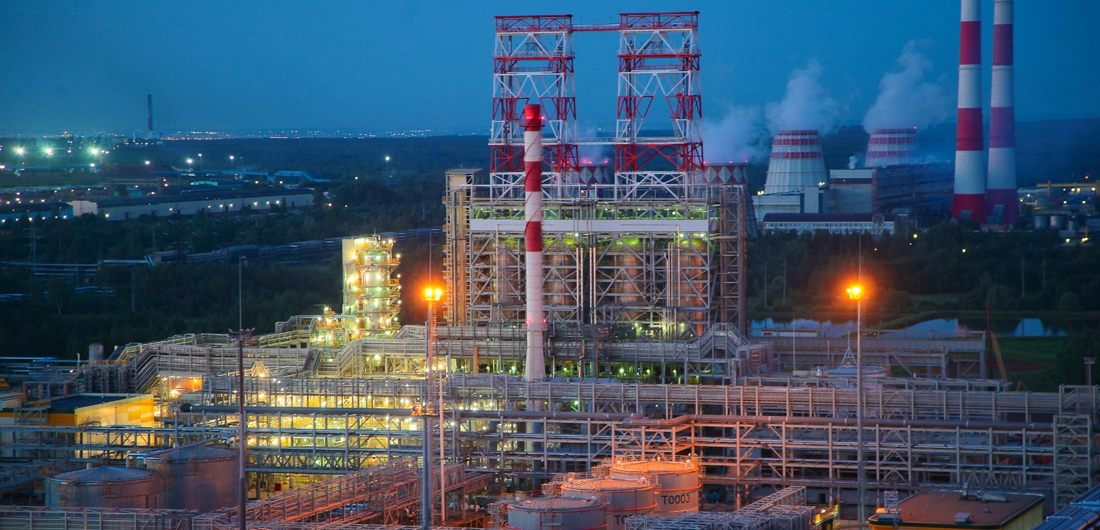
A Ukrainian drone last week struck the Taneco refinery in Nizhnekamsk, which has an API Group II and Group III base oil plant – the third attack on a Russian refinery producing base oils and lubricants.
As with the previous attacks, authorities in Russia stated that operations were not affected.
This incident was among several other in Tatarstan, a highly industrialized region located about 1,300 kilometers from the frontlines in Ukraine, the furthest point Ukrainian drones have reached. The drone attacks deep into Russian territory began earlier this year but intensified in March.
On March 12, the Lukoil refinery in Nizhny Novgorod was hit, reducing its production capacity by 50%. A day later, a drone attack heavily damaged a Rosneft refinery in Ryazan, responsible for 6% of the country’s gasoline production. Among the targeted refineries are those producing base oil and lubricants, such as Lukoil’s Volgograd and Rosneft’s Novokuybyshevsk.
The Main Directorate of Intelligence, a unit in the Ukrainian Ministry of Defense, claimed responsibility for some strikes inside Russia, but they have neither confirmed nor denied involvement in the refinery attacks.
Lube Report attempted to obtain comments regarding whether the attacks specifically targeted base oil plants, given their role in the production and supply of engine oils used in Russian tanks and other machinery deployed on the frontline. However, the agency declined to comment on the attacks in Tatarstan, Volgograd, or Novokuybyshevsk.
News outlets in Tatarstan reported that the attack ignited a fire in Taneco’s primary refining unit, which, according to some observers, accounts for approximately half of the refinery’s annual production capacity. Taneco’s base oil plant is the newest and third largest in Russia.
“A drone attack targeted one of the enterprises in Nizhnekamsk,” Ramil Mullin, the city’s mayor, said last week. “Fortunately, there were no casualties or significant damage. The refinery’s operational processes remain unaffected.”
Other sources, such as the Ukrainian news outlet Focus, reported that the refinery sustained significant damage and that firefighting brigades battled the flames for more than 20 minutes, contrary to claims by some Russian sources.
The base oil plant in Taneco is capable of producing 90,000 tons per year of Group II and 100,000 tons per year of Group III base oils. In addition, a separate unit within the same chemicals complex – an affiliated company Taif-Lubricants – can manufacture up to 15,000 tons per year of polyalphaolefins, polyalkylene glycols, complex esters and finished lubricants.
“The Ukrainian strikes on the Russian refineries likely knocked out 15% of the Russian refining capacities,” an unnamed official from the NATO military alliance in Brussels, Voice of America, reported on Tuesday.
Russia and Ukraine are employing unmanned aerial vehicles to damage each other’s critical infrastructure facilities, military installations and locations with large concentrations of troops.
In its drone campaign to hit the Russian refineries, Kyiv’s aim is to weaken the country’s war economy and disrupt internal fuel and lubricant supplies in a more cost-effective way.
Russian news outlets have reported about logistical challenges, halted fuel supplies in some regions, and rising gasoline and motor oil prices. Many refineries are now unable to meet their production plans for 2024 and have entered a prolonged period of maintenance and reconstruction due to the attacks.